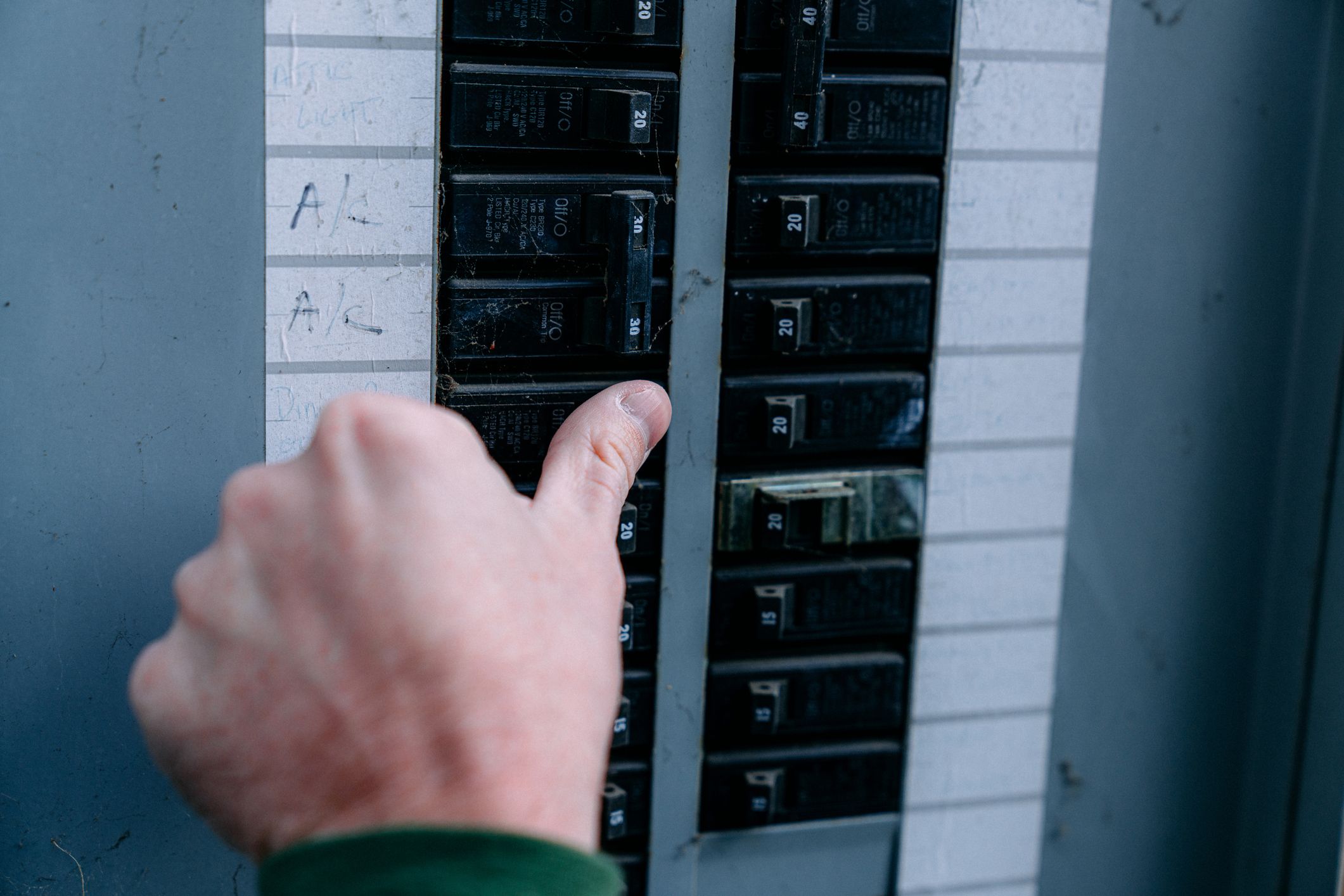
Electricity Basics Every Homeowner Should Know
Published on July 15, 2025
Written by Amanda Bruce
Electricity Basics Every Homeowner Should Know
You don’t need a toolbox full of experience to understand the basics of electricity in your home. Just the right kind of explanation can go a long way. At Tradesmen’s Pride, we believe homeowners in Flower Mound, Southlake, and Highland Village deserve to feel confident and safe when it comes to the electrical systems behind their walls.
Let’s walk through the basics of how electricity flows, what the terms really mean, and how to spot trouble before it starts.
What Is Electricity?
Electricity is the flow of electrons (tiny charged particles) through a conductor, usually copper wiring in your walls. You can think of it like water in a pipe. When you flip a switch or plug something in, you are opening a path that lets the flow reach your devices.
Where Does That “Pressure” Come From?
The pressure that pushes electricity through your wires is called voltage. That pressure is created at a power plant. Most power plants use spinning turbines powered by steam, wind, or water to generate electromagnetic force. This force becomes voltage and is carried into your home through power lines.
In the United States, most homes receive 120 volts for standard outlets and 240 volts for larger appliances like dryers or EV chargers.
What Is a Circuit?
A circuit is a closed loop that allows electricity to flow from your electrical panel to your devices and then return back to the panel.
Each part of your home is usually connected to its own circuit. For example:
- Bedrooms may share a 15-amp circuit
- Kitchens often have multiple 20-amp circuits for higher-demand appliances
- Large appliances like ovens, HVAC units, and EV chargers require 240-volt circuits
Each circuit has a breaker that limits how much electricity can safely flow through it.
What Does a Breaker Do?
A breaker acts like a safety valve. It monitors how much electricity is flowing through a circuit. If too much current is pulled, it trips to shut off power and prevent overheating or fire.
Breakers typically trip for two reasons:
- An overload, where too many devices are pulling more electricity than the circuit can safely handle
- A short circuit or ground fault, which causes electricity to travel where it should not
If you lose power in a certain area of your home, the breaker box should be your first stop before calling an electrician.
What Causes Overloads and Short Circuits?
An overload happens when too many high-powered devices are plugged into one circuit. For example, running a hair dryer, space heater, and curling iron on the same bathroom outlet can pull more electricity than the circuit is designed to handle.
A short circuit occurs when the hot (live) wire touches a neutral or ground wire directly. This can happen due to damaged wiring, water exposure, or faulty appliances. A short causes a sudden surge of electricity to travel the wrong way, which is very dangerous. That is why your breaker cuts power instantly when it detects one.
What Are Volts, Amps, and Watts?
These three terms explain how electricity works in your home.

For example, a toaster rated at 1200 watts needs that much power to work. The combination of voltage (120V) and current (10 amps) supplies that wattage. The toaster does not choose how many watts to use. That number is built into its design.
Why Do Some Devices Use 240 Volts?
Devices like electric dryers, ovens, and EV chargers need more power than a standard 120-volt circuit can safely deliver. A 240-volt circuit provides more electrical pressure, which allows more energy to move without overheating the wires.
These circuits are built with special wiring and double breakers. They should always be installed by a licensed electrician.
Why Should You Understand This?
Knowing the basics helps you avoid mistakes and make informed decisions. It also allows you to recognize early warning signs that something might be wrong.
For example:
- Warm outlets or flickering lights might indicate an overloaded or loose connection
- Constantly tripping breakers may suggest a short or faulty appliance
- Using extension cords or power strips incorrectly can create real fire risks
Understanding your electrical system also helps when it is time to make upgrades.
What About Smart Home Devices?
Smart home features are becoming more common across Flower Mound and surrounding areas. You do not need to know how to code, but a basic understanding helps you choose and use smart devices correctly.
- Dimmer switches reduce brightness by turning the power on and off rapidly. They do not just lower the flow of electricity.
- Not all dimmers are compatible with LED bulbs, which can lead to flickering or early burnout.
- Smart plugs, switches, and cameras all draw small amounts of power, even when not in use.
- Smart switches still need grounding and proper installation to work safely.
If you are curious about home tech, you can read our post on Smart Home Upgrades DFW Homeowners Love.
Final Thoughts
Electricity powers nearly everything in your home, but it does not have to be a mystery. A basic understanding of how it flows, what terms mean, and when to call for help can give you confidence and peace of mind.
At Tradesmen’s Pride, we serve Flower Mound, Lewisville, Southlake, Highland Village, and nearby communities with honest, professional electrical service. Whether you need a panel upgrade, outlet repair, or help planning smart upgrades, we are here to help.
If something does not feel right with your home’s electrical system, trust your gut and reach out. We take pride in doing the job right.